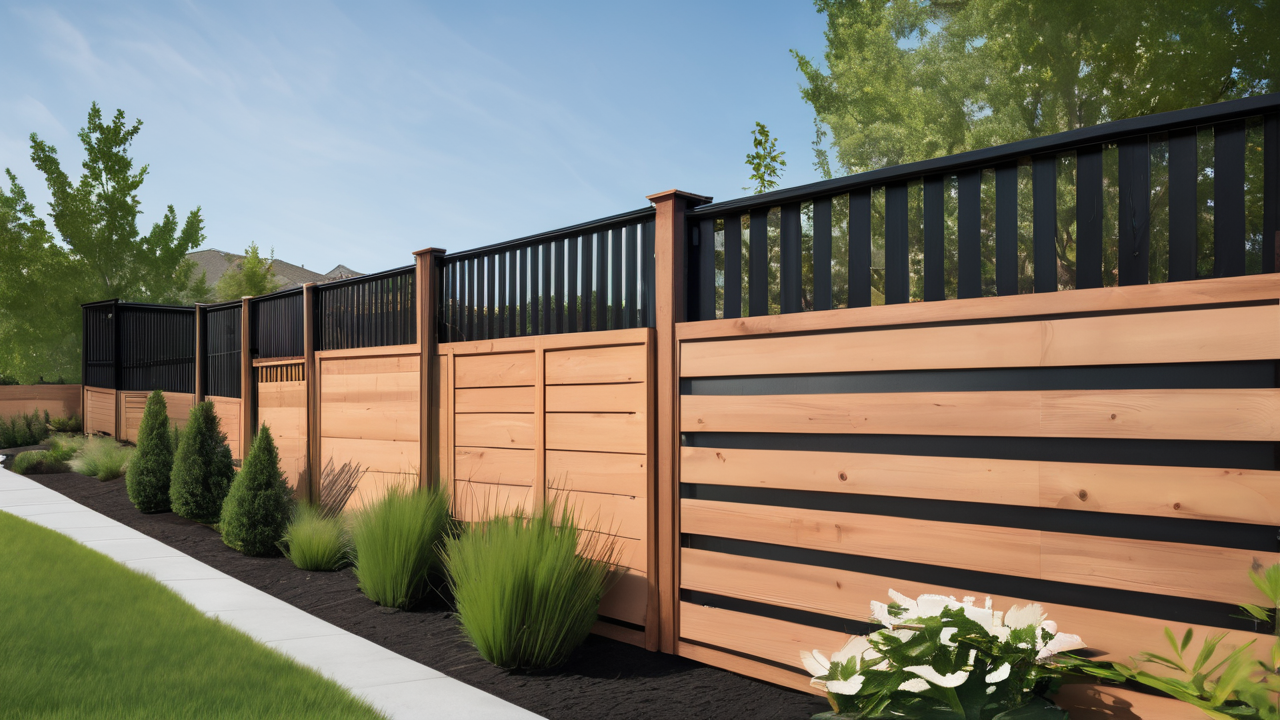Understanding the Importance of Privacy for Hot Tub Users
The Need for Privacy in Leisure Activities
Privacy is key for hot tub users. It helps create a relaxing space. Without privacy, people may feel exposed and uncomfortable. This can take away from the joy of soaking in a hot tub.

A private hot tub area allows users to fully unwind. They can escape the stresses of daily life. It's a place where they can be themselves without worry. This is especially true in busy neighborhoods.
Privacy also adds value to your outdoor space. It makes the area more versatile. You can use it for various activities without feeling watched. A well-designed privacy solution can even enhance your yard's look.
Consider how privacy affects your hot tub experience. Do you feel at ease? Can you fully relax? These questions help determine your privacy needs.
Legal Considerations for Hot Tub Installation in the United States
Before installing a hot tub, check local laws. Many areas have rules about outdoor installations. These may include how far the hot tub must be from property lines. There might also be rules about privacy structures.
Some neighborhoods have homeowners' associations (HOAs). These groups often have their own rules. They may affect what kind of privacy solutions you can use. Always check HOA guidelines before making changes.
You might need permits for your hot tub and privacy structures. This varies by location. Some places require fences around hot tubs for safety. Knowing these laws helps avoid problems later.
Safety is a big concern in hot tub laws. Many areas require some form of barrier. This is to prevent accidents, especially with children. Check if your privacy solution meets these safety standards.
Innovative Design Ideas for Wooden Privacy Fences
Crafting a Custom Privacy Fence
Custom wooden fences offer unique privacy options. They can match your style and needs. A popular choice is the horizontal slat fence. It looks modern and keeps your space private.

Another idea is a lattice-top fence. This lets some light through while maintaining privacy. You can also add planters to your fence. This creates a living wall effect.
Try a curved or angled fence for a softer look. This adds character to your yard. You can mix different wood types or colors. This creates a one-of-a-kind design.
Think about how your fence fits with your home's style. A well-matched fence enhances your property's overall look. It should feel like a natural part of your outdoor space.
Combining Aesthetics and Functionality
A good fence should look nice and work well. Use different heights to make it interesting. This can also guide eyes away from your hot tub area.
Add lights to your fence design. This creates a nice mood and lets you use the space at night. Solar lights are a great, eco-friendly choice.
Consider adding a pergola or arbor. This can define the space around your hot tub. It also gives a place for plants to climb.
Don't forget about sound privacy. A water feature can mask noise. It also adds to the relaxing feel of your space.
Material Selection for Durability and Maintenance
Choose the right wood for a long-lasting fence. Cedar and redwood resist decay naturally. They're great for outdoor use. Pressure-treated lumber is another sturdy option.
Think about how you want the wood to look. Some people like a natural look. Others prefer stain or paint. Your choice affects how much care the fence needs.
Composite materials need less upkeep. They don't rot or attract insects. But they might not look as natural as real wood.
Consider your local weather. Some woods do better in certain climates. Proper sealing and care can make your fence last longer.
DIY vs. Professional Installation of Wooden Privacy Fences
Benefits of DIY Projects
Building your own fence can be rewarding. It lets you control every part of the project. You can work at your own speed and make changes as you go.

DIY fence building teaches you new skills. It feels good to finish a project yourself. These skills can help with future home projects.
Doing it yourself often costs less than hiring pros. You save on labor costs. But remember to count the value of your time and effort.
There's lots of help for DIY fence builders. You can find guides online and at hardware stores. Research well before you start.
When to Consider Professional Services
Pro installers use proper techniques. They have the right tools for tough designs. They can handle tricky yards or odd property shapes.
Professionals know local building rules. They can get permits for you. This saves time and prevents legal issues.
For big or complex jobs, you might need pros. They work faster and make fewer mistakes. This helps if you need privacy quickly.
Think about your skills and free time. If you're not sure you can do it, hire help. This prevents costly errors and ensures a safe fence.
Safety and Safety Standards in Fence Installation
Safety is crucial when installing a fence. Use proper tools and safety gear. Wear gloves, safety glasses, and strong shoes.
Check for underground pipes and wires before digging. Call local services to mark these. This prevents dangerous and expensive accidents.
Follow building codes for fences. This includes how deep posts should be. Make sure your fence can stand up to wind and weather.
If you're doing it yourself, be careful on ladders. Get help with heavy lifting. Take breaks to avoid getting tired and making mistakes.
Professional installers should have licenses and insurance. They must follow all safety rules. Ask about their safety practices before hiring them.
